Experimental Methods and Techniques: Basic Techniques
This file offers a comprehensive guide on experimental methods and techniques used in chemistry labs, focusing on air-sensitive compounds. It addresses high vacuum and Schlenk lines, anaerobic experimentation methods, and related safety precautions. Ideal for novice chemists and students, this resource also includes useful references for further study.
Edit, Download, and Sign the Experimental Methods and Techniques: Basic Techniques
Form
eSign
Add Annotation
Share Form
How do I fill this out?
To fill out this PDF, first gather your materials and reference information. Next, follow the step-by-step instructions provided in the document, ensuring that you fill each section accurately. Finally, review your entries for completeness before submission.
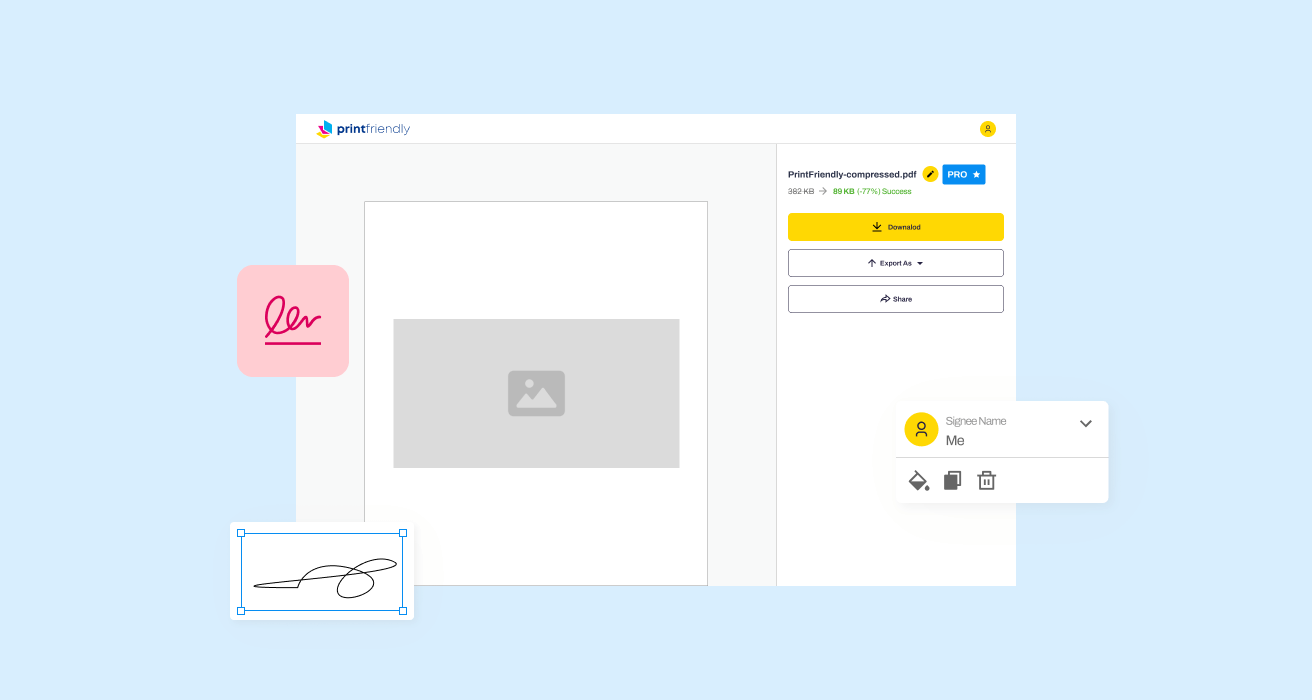
How to fill out the Experimental Methods and Techniques: Basic Techniques?
1
Gather all necessary information and materials.
2
Follow the documented steps carefully.
3
Fill each section as instructed.
4
Review your completed entries.
5
Ensure all details are accurate before submitting.
Who needs the Experimental Methods and Techniques: Basic Techniques?
1
Chemistry students needing lab techniques guidance.
2
Researchers working with air-sensitive compounds.
3
Educators looking for teaching resources on experimental methods.
4
Lab technicians requiring safety protocols for hazardous materials.
5
Industry professionals developing new methodologies in chemistry.
How PrintFriendly Works
At PrintFriendly.com, you can edit, sign, share, and download the Experimental Methods and Techniques: Basic Techniques along with hundreds of thousands of other documents. Our platform helps you seamlessly edit PDFs and other documents online. You can edit our large library of pre-existing files and upload your own documents. Managing PDFs has never been easier.

Edit your Experimental Methods and Techniques: Basic Techniques online.
Edit your PDF easily on PrintFriendly using our intuitive editing tools. Highlight the text or areas you want to modify and make changes directly in the document. Once completed, you can download your edited file for safe keeping.

Add your legally-binding signature.
Signing your PDF on PrintFriendly is straightforward and user-friendly. Simply navigate to the signature section and add your signature using our drawing tool or upload an image. Save your signed document for future reference.
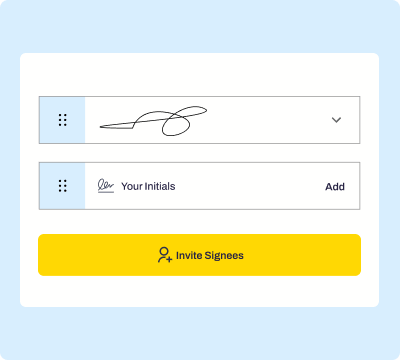
Share your form instantly.
Sharing your PDF is made simple with PrintFriendly’s sharing options. You can generate a link to your document or share it directly via email. Ensure your information reaches your intended audience effortlessly.
How do I edit the Experimental Methods and Techniques: Basic Techniques online?
Edit your PDF easily on PrintFriendly using our intuitive editing tools. Highlight the text or areas you want to modify and make changes directly in the document. Once completed, you can download your edited file for safe keeping.
1
Open your PDF document in PrintFriendly.
2
Select the text sections you wish to edit.
3
Make changes as necessary using the editing tools.
4
Review your edits to ensure accuracy.
5
Download the revised file to your device.

What are the instructions for submitting this form?
To submit this form, you can send it via email to your departmental administrator. Ensure all necessary fields are completed before sending. For physical submissions, print the form and deliver it to the appropriate lab office. It’s recommended to keep a copy for your records.
What are the important dates for this form in 2024 and 2025?
Key dates related to this document will vary based on the academic calendar and submission deadlines for related forms. Make sure to check your institution's schedule for precise dates. Stay updated for any changes in lab protocols or methods.

What is the purpose of this form?
The purpose of this document is to provide comprehensive guidelines on working with air-sensitive compounds in a laboratory setting. It serves as an instructional tool for students and novice researchers, outlining critical techniques for successful experimentation. By following the methods and safety precautions provided, users can effectively conduct research while minimizing risks associated with air exposure.

Tell me about this form and its components and fields line-by-line.

- 1. Introduction: An overview of the techniques discussed and their importance.
- 2. High Vacuum Line: Detailed description of configurations and uses.
- 3. Schlenk Lines: Explanation of functionalities and applications.
- 4. Anaerobic Experimentation: Methods for conducting experiments without air exposure.
- 5. Safety Protocols: Guidance on maintaining safety while using sensitive equipment.
What happens if I fail to submit this form?
If you fail to submit this form, you may miss critical deadlines that could affect your research outcomes. Incomplete submissions could lead to delays and compromise your project timelines. Ensure all required fields are filled to avoid any setbacks.
- Missing Deadlines: Failure to submit may result in missed deadlines for experiments.
- Compromised Research: Incomplete forms could hinder the research or lab processes.
- Safety Oversights: Not following proper protocols may lead to safety hazards.
- Regulatory Issues: Failure to adhere to guidelines could result in compliance problems.
- Inadequate Preparation: Without proper submission, resource allocation may be affected.
How do I know when to use this form?

- 1. Experimental Preparation: Before beginning any air-sensitive experiments, fill out this form.
- 2. Safety Compliance: To ensure all safety measures are recorded and acknowledged.
- 3. Documentation for Review: Necessary for maintaining a clear record of lab procedures.
- 4. Training New Staff: Help train new researchers on using laboratory equipment safely.
- 5. Regulatory Submissions: Required when submitting reports to regulatory bodies.
Frequently Asked Questions
Can I edit this PDF file on PrintFriendly?
Yes, you can edit this PDF using our user-friendly editing tools found on PrintFriendly.
Is it possible to share the edited PDF?
Absolutely! You can share your edited PDF via link or email with ease.
How do I sign the PDF?
You can sign the PDF by using our signature tools within PrintFriendly.
Can I download the edited version?
Yes, after editing, you can download the revised PDF to your device.
What formats does PrintFriendly support for sharing?
PrintFriendly supports sharing via links and email for your convenience.
Are there any tips for filling out the PDF?
Make sure to gather all necessary information beforehand and review your entries before submitting.
Can I fill out the PDF on mobile?
Yes, the PrintFriendly platform is optimized for both desktop and mobile use.
What types of edits can I make?
You can change text, add images, and modify sections of the PDF.
Is it safe to edit my PDF online?
Yes, editing on PrintFriendly is secure and user-friendly.
Can I undo changes made in the editor?
Yes, you can easily undo changes while editing your PDF.
Related Documents - ExpMethodsTechniques
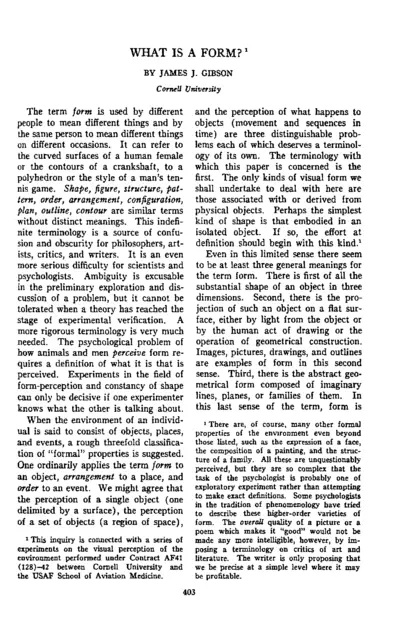
Understanding Form and Form-Perception by James J. Gibson
This document explores various definitions and theories of form, emphasizing the need for precise terminology. It delves into experiments related to the visual perception of form, distinguishing between solid and surface forms. The text critiques traditional views and presents new perspectives on form-perception.
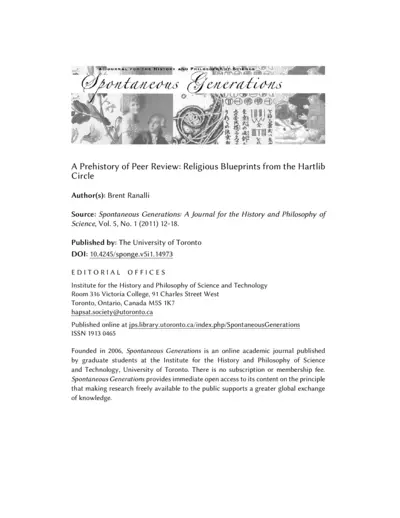
Prehistory of Peer Review: Religious Blueprints
This file explores the origins and development of peer review in science, tracing its roots to religious scholars in the Hartlib circle. It discusses the influence of the Royal Society of London and other early scientific organizations. The content is based on extensive historical research and analysis.
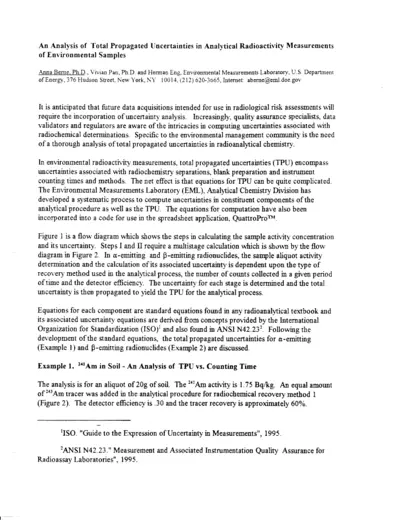
Analysis of Uncertainties in Radioactivity Measurements
This document discusses the uncertainties in analytical radioactivity measurements of environmental samples. It includes detailed equations and methods for calculating total propagated uncertainties. Useful for quality assurance specialists, data validators, and radiochemical analysts.
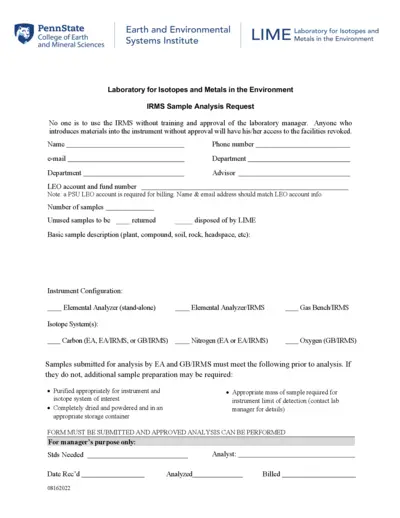
IRMS Sample Analysis Request Form Guidelines
This file contains instructions and details about the IRMS Sample Analysis Request Form. It is used to request sample analysis in the Laboratory for Isotopes and Metals in the Environment. Ensure you have the required approvals before using the IRMS.
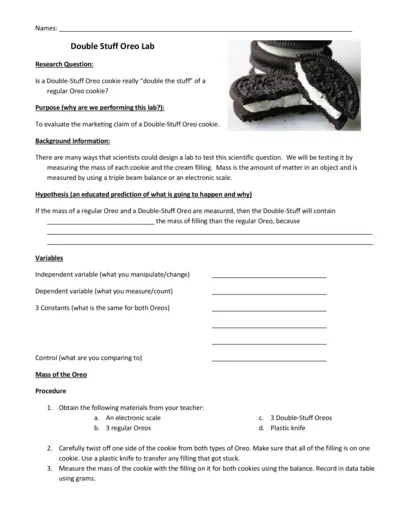
Double Stuff Oreo Cookie Science Experiment
This file contains details and instructions for conducting a science experiment to evaluate the marketing claim of Double-Stuff Oreo cookies. Users will measure the mass of regular and Double-Stuff Oreo cookies along with their fillings. It guides users through the process of data collection, calculation, and analysis using the scientific method.
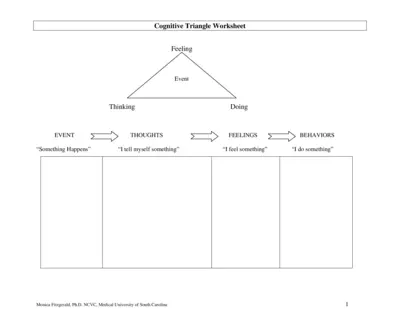
Cognitive Triangle Worksheet Instructions and Details
This file provides an overview and detailed instructions on how to use the Cognitive Triangle Worksheet. It helps users understand the relationship between their thoughts, feelings, and behaviors. Perfect for those interested in cognitive-behavioral strategies.

Engaging Doctor Pretend Play Printables for Kids
Transform playtime with free doctor pretend play printables designed for kids. These fun tools foster creativity and learning through imaginative play. Perfect for children from toddlers to first graders.
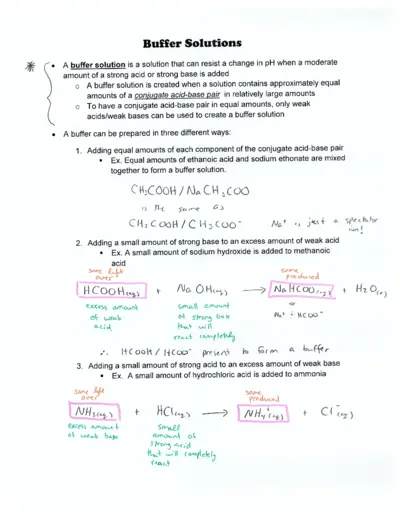
Buffer Solutions: Understanding Their Functionality
This file provides comprehensive insights into buffer solutions, including their preparation and pH resistance mechanisms. Ideal for chemistry students and professionals seeking to understand buffer systems. Practice problems included for hands-on learning.
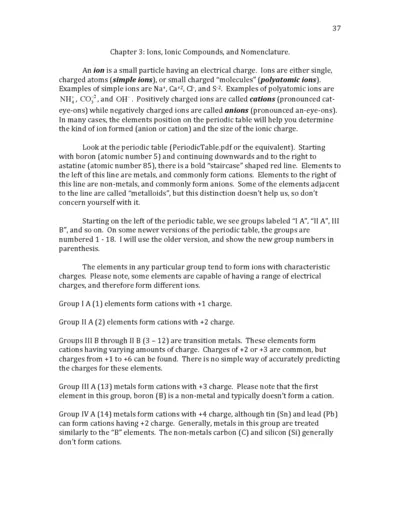
Ions and Ionic Compounds: Understanding Nomenclature
This file provides a comprehensive overview of ions, including their types, charges, and nomenclature rules. It covers essential details such as simple and polyatomic ions, and how to name them correctly. Perfect for students and professionals looking to deepen their understanding of ionic compounds.

Biology Form 3 Notes and Instructions
This file contains detailed biology notes for Form 3 students. It covers essential topics such as organism classification and characteristics of various kingdoms. Perfect for studying and exam preparation.
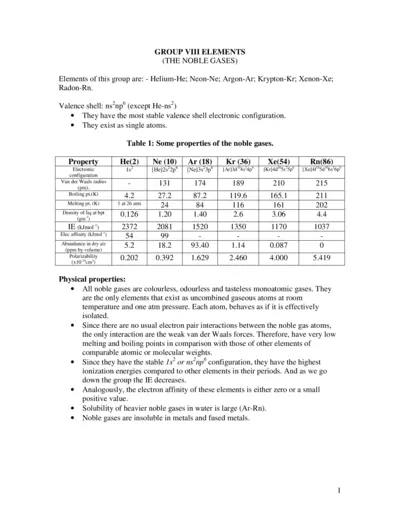
Noble Gases Properties and Chemical Behavior
This document provides a comprehensive overview of the noble gases, their properties, and chemical behaviors. It includes information on individual gases, their electronic configurations, and compound formations. Ideal for students and professionals in chemistry.
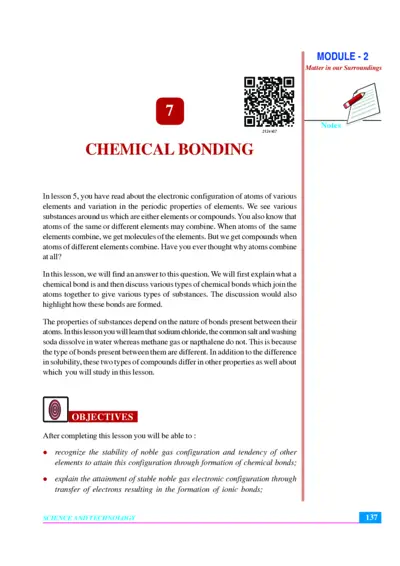
Chemical Bonding and Matter in Our Surroundings
This file provides detailed insights into chemical bonding, including ionic and covalent bonds. It covers the principles of matter in our surroundings and the electronic configurations of elements. Ideal for students and educators in chemistry to enhance their understanding.